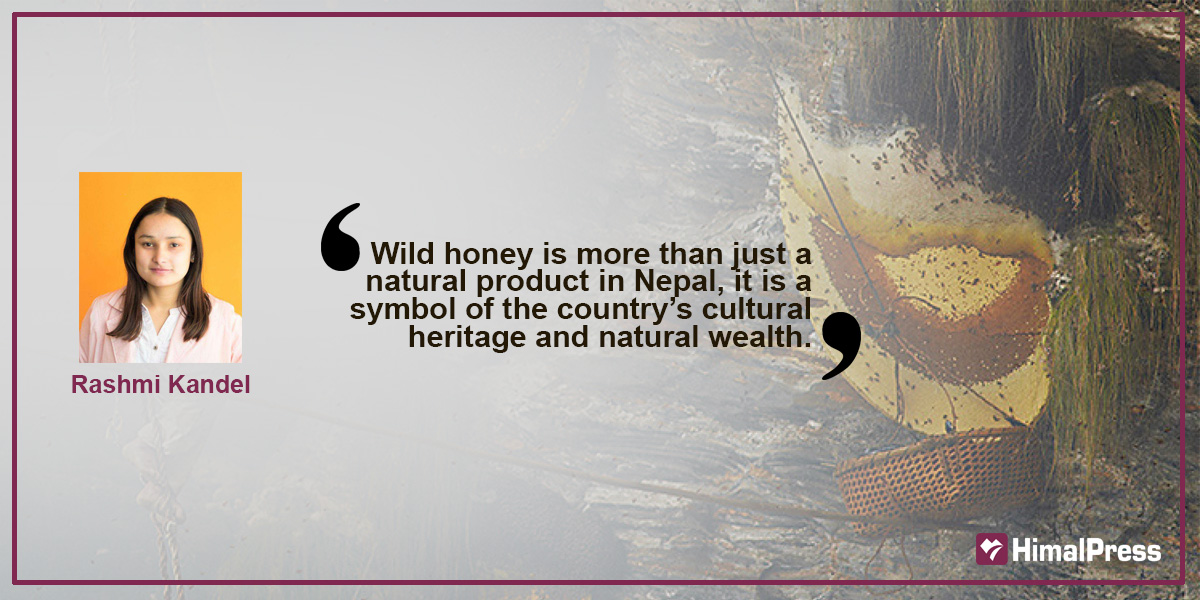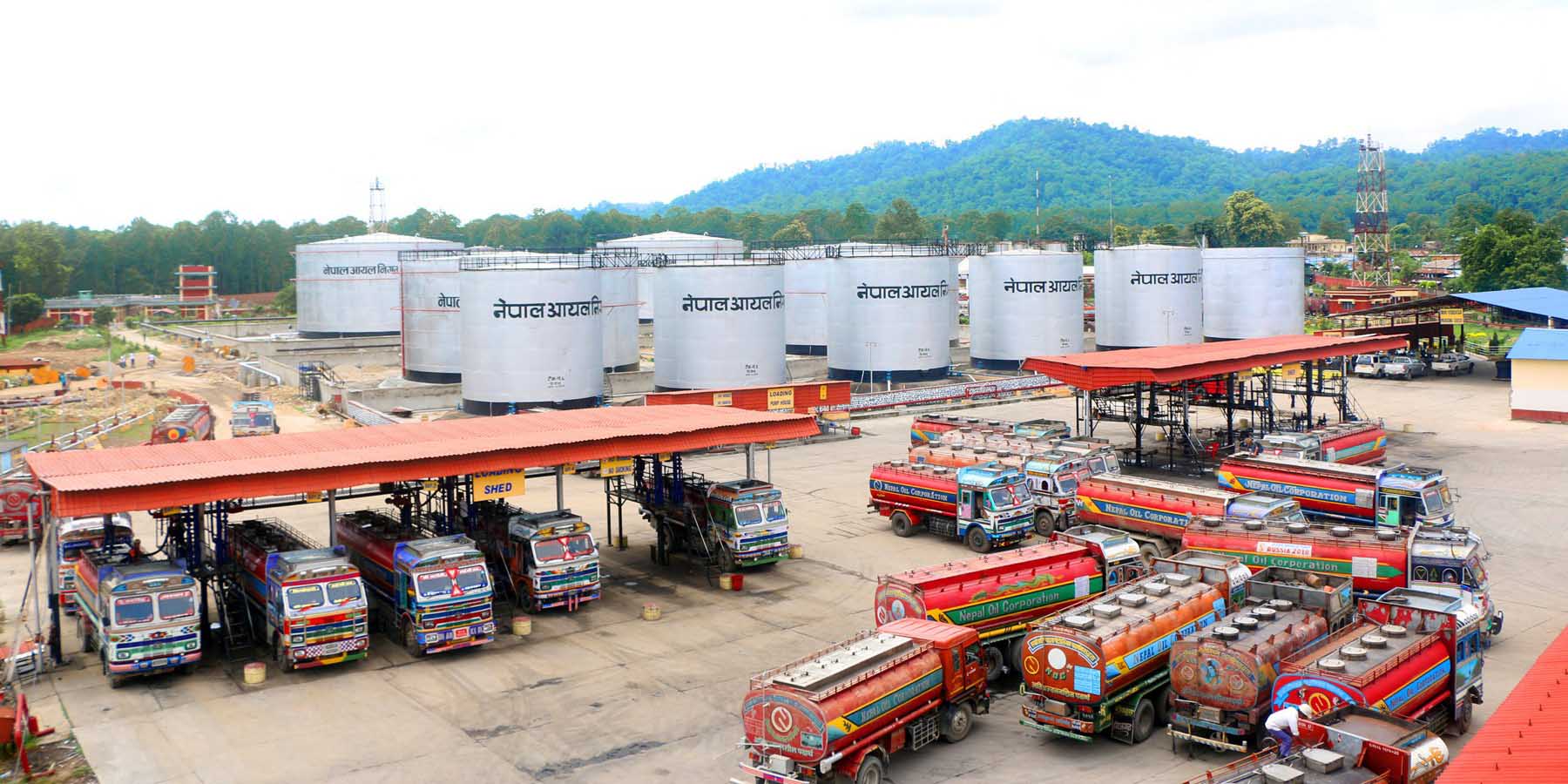
Nepal’s wild honey, renowned for its medicinal, hallucinogenic, and psychoactive properties, is one of the most sought-after natural products in the global market. This unique honey, harvested from the foothills of the Himalayas, has been in demand for centuries due to its exceptional qualities. Nepal boasts some of the most biodiverse and breathtaking habitats on Earth. Among its natural treasures, wild honey stands out as a highly desirable and culturally significant product. Wild honey is harvested sustainably by skilled honey hunters using traditional methods from high cliffs. With the growing global demand for organic and ethically sourced products, Nepal’s wild honey has emerged as a valuable strategic asset in the global market.
The Allure of Mad Honey
Nepal’s mad honey, distinct from commercialized versions found elsewhere, is harvested naturally by honey hunters from high cliffs in the Himalayan foothills. This centuries-old practice, passed down through generations, is deeply rooted in the culture of the Gurung community and a few others, who are often referred to as the “mad honey hunters” of the Himalayas. For them, honey hunting is not just a livelihood but a cherished tradition.
The honey contains Grayanotoxins which possess both psychoactive and medicinal qualities. The local people have long relied on mad honey for its therapeutic benefits, using it to treat hypertension, diabetes and digestive issues. Its dual role as a medicinal remedy and a premium wellness product has attracted health-conscious consumers worldwide.
Growing International Demand
As consumers are prioritizing health, wellness and sustainability, the global demand for organic, naturally sourced products has surged worldwide. Nepal’s wild honey, with its unique origins and ethical harvesting practices, is perfectly positioned to capitalize on this trend. Nepali wild honey reaches its target markets through key consumer bases in Europe, North America, and East Asia. The rise of e-commerce has further facilitated its global reach, making it easier for consumers to purchase authentic Nepali wild honey from anywhere in the world.
Challenges in Exports
The wild honey exports face several challenges despite its growing international demand:
Regulatory Hurdles: Many countries impose strict regulations on food imports, particularly for products containing unusual substances like grayanotoxins. Exporters often struggle to meet international food safety standards, labeling requirements and certification processes.
Environmental Concerns: The rising demand for wild honey has contributed to deforestation and wildfires in some regions, endangering the delicate ecosystems where honeybees thrive. Sustainable harvesting practices are essential to protect bee populations and ensure the longevity of this natural resource.
Seasonal Limitations: Since harvesting is restricted to twice yearly, supply often falls short during peak demand periods. The risk of overharvesting threatens both the ecological balance and the depleting bee population.
Opportunities for Growth
Several strategies can be taken to overcome these challenges and maximize Nepal’s wild honey potential:
Community Engagements: The Gurungs and other local communities play a crucial role in protecting bee habitats. Educational initiatives focusing on sustainable harvesting and biodiversity preservation can ensure the long-term sustainability of this industry.
Strategic Partnerships: Collaborating with international organizations, NGOs and private businesses can open the door for Nepali products to global markets. These partnerships can also provide funding for infrastructure improvements and international certification requirements.
Sustainable Marketing: Highlighting ethical production methods and sustainability practices can attract conscious consumers who value transparency and environmental responsibility.
Leveraging Technology: E-commerce platforms and digital storytelling can connect global consumers with the rich cultural heritage and traditional practices behind Nepal’s wild honey. Digital sales channels can simplify the export process while expanding market reach.
Policy Support: The government can play a pivotal role by implementing policies that support honey exports. Streamlining procedures, investing in infrastructure and offering financial incentives to producers can help the industry. Enforcing sustainable harvesting regulations is also crucial to protect this natural resource.
The Road Ahead
Wild honey is more than just a natural product in Nepal, it is a symbol of the country’s cultural heritage and natural wealth. By addressing challenges while capitalizing on emerging opportunities, Nepal can establish itself as a premier supplier of ethically sourced, high-quality wild honey. This would not only contribute to the country’s economic growth but also empower local communities and preserve its natural environment.
For global consumers seeking authentic, sustainable products, Nepal’s wild honey offers the perfect blend of tradition, natural purity and wellness benefits. While the journey from Himalayan cliffs to international markets is fraught with challenges, the right strategies and support can ensure its success. As global demand for organic and ethically harvested products grows, Nepal’s wild honey has the potential to become an example of human-nature harmony.
(Kandel is the Founder and Author at Medicinal Mad Honey and a global export specialist)




















